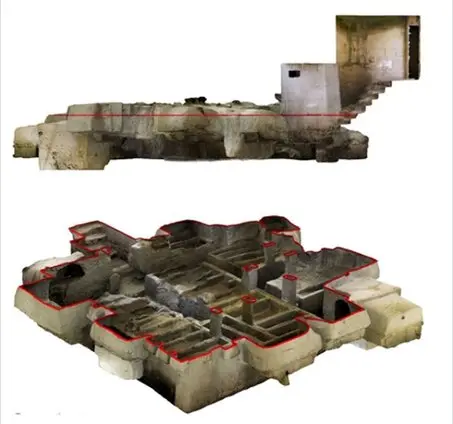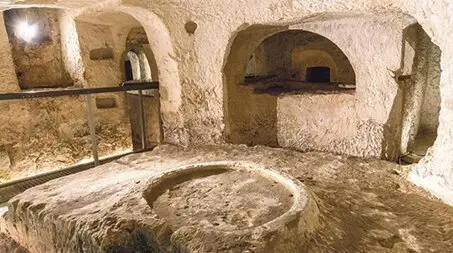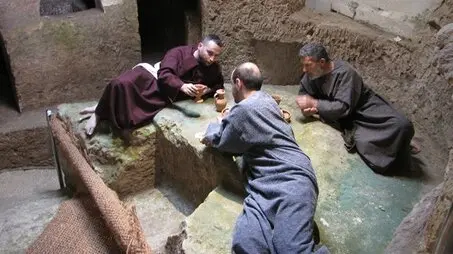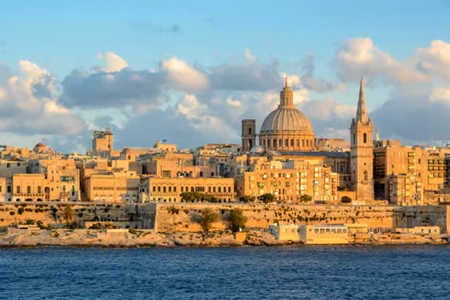St Paul’s Catacombs
The St. Paul’s area consists of the hypogea made in the Phoenician-Punic time.
These catacombs owe their name to the fact that they were connected to St. Paul’s Grotto and are the largest catacomb complex in Malta.
The origin of the catacombs date from the Phoenician-Punic time about 700 till 550 BC. In the Maltese language there are still words from that era.
The Phoenicians made graves outside their fortress. The rule of the Roman law prohibited the burying of persons within the city. Therefore these catacombs are situated outside the city of Melita ( present Mdina ). The catacombs are proof of early Christianity in Malta.
The area covers more than 2000 square metres and includes catacombs of St. Paul, San Katald, Saint Agatha and St. Augustine.
Via two big halls decorated with pillars and murals, one has access to the catacombs of St. Paul. The murals are hardly visible anymore.
Over time the burial chambers became larger and had a regular form, which eventually resulted in making smaller catacombs in Rabat in the 4th century AD.
During the Saraceen period the complex has been looted and fell into disrepair. Around the 13th century the catacombs were reused again. After a short period the catacombs were not used and fell into disrepair.
St. Paul’s and St. Agatha Catacombs are open to the public.
We have set up a separate page on the St. Agatha catacombs, the St Paul's Grotto and St Paul’s Catacombs.
Opening hours | Daily 10:00 - 18:00 |
Last admission | Advice 30 minutes before closing |
Closed | |
Ticket / admission fee | |
Adults (18-59 yrs) | € 6.00 |
Youths (12-17 yrs) | € 4.50 |
| Infants (1-5 yrs) | Free |
Seniors Citizens (60+ yrs) | € 5.00 |
Concessions and Students | € 4.50 |
| Family Pack (2 Adults and 2 children under 13 yrs) | € 2.00 |
| The Rabat combo Ticket gives access to the Romvs Romana, the National Museum of Natural History and St. Paul's Catacombs | |
Address and street / location can be found on our map, click on Guide in the menu bar and you will get a map with markers. | |
Latest news and original website of the attraction / spot / advent | |
Additional information










